Daniel Dittler
A Survey on Performance, Current and Future Usage of Vehicle-To-Everything Communication Standards
Oct 14, 2024



Abstract:Wireless communication between road users is essential for environmental perception, reasoning, and mission planning to enable fully autonomous vehicles, and thus improve road safety and transport efficiency. To enable collaborative driving, the concept of vehicle-to-Everything (V2X) has long been introduced to the industry. Within the last two decades, several communication standards have been developed based on IEEE 802.11p and cellular standards, namely Dedicated Short-Range Communication (DSRC), Intelligent Transportation System G5 (ITS-G5), and Cellular- and New Radio- Vehicle-to-Everything (C-V2X and NR-V2X). However, while there exists a high quantity of available publications concerning V2X and the analysis of the different standards, only few surveys exist that summarize these results. Furthermore, to our knowledge, no survey that provides an analysis about possible future trends and challenges for the global implementation of V2Xexists. Thus, this contribution provides a detailed survey on Vehicle-to-Everything communication standards, their performance, current and future applications, and associated challenges. Based on our research, we have identified several research gaps and provide a picture about the possible future of the Vehicle-to-Everything communication domain.
Illustrating the benefits of efficient creation and adaption of behavior models in intelligent Digital Twins over the machine life cycle
Jun 12, 2024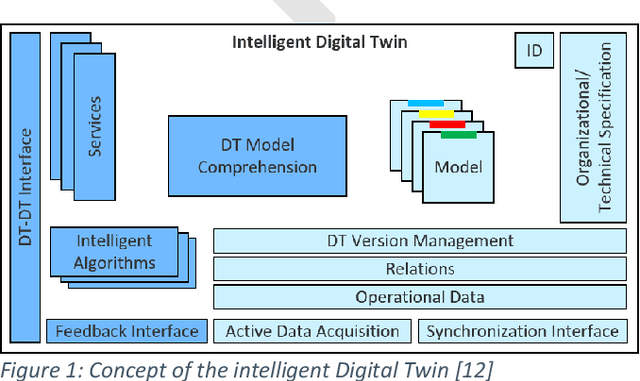
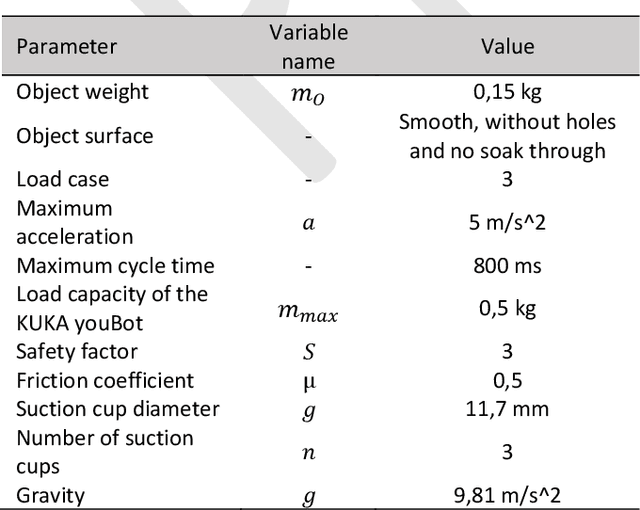
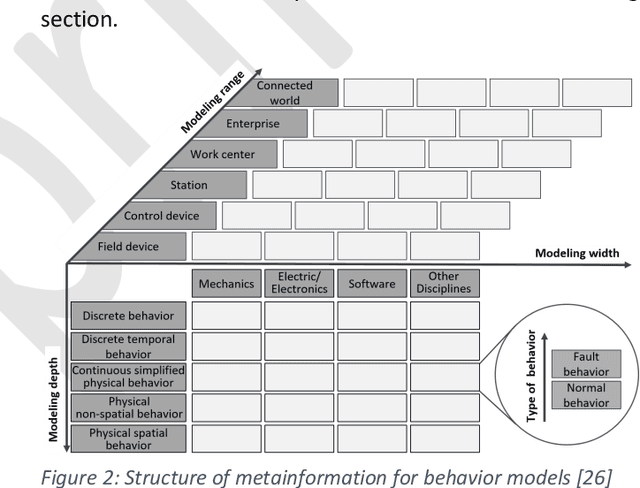
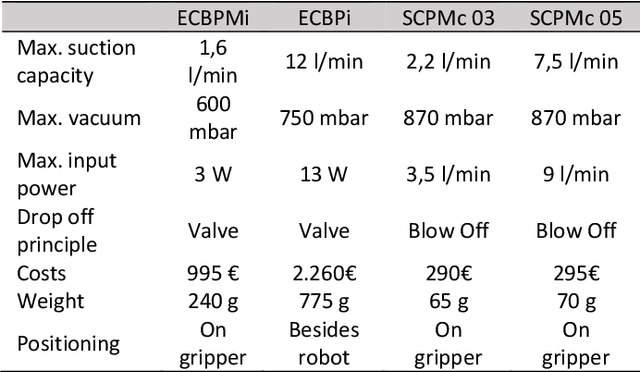
Abstract:The concept of the Digital Twin, which in the context of this paper is the virtual representation of a production system or its components, can be used as a "digital playground" to master the increasing complexity of these assets. Central subcomponents of the Digital Twin are behavior models that can provide benefits over the entire machine life cycle. However, the creation, adaption and use of behavior models throughout the machine life cycle is very time-consuming, which is why approaches to improve the cost-benefit ratio are needed. Furthermore, there is a lack of specific use cases that illustrate the application and added benefit of behavior models over the machine life cycle, which is why the universal application of behavior models in industry is still lacking compared to research. This paper first presents the fundamentals, challenges and related work on Digital Twins and behavior models in the context of the machine life cycle. Then, concepts for low-effort creation and automatic adaption of Digital Twins are presented, with a focus on behavior models. Finally, the aforementioned gap between research and industry is addressed by demonstrating various realized use cases over the machine life cycle, in which the advantages as well as the application of behavior models in the different life phases are shown.
LLM experiments with simulation: Large Language Model Multi-Agent System for Process Simulation Parametrization in Digital Twins
May 28, 2024Abstract:This paper presents a novel design of a multi-agent system framework that applies a large language model (LLM) to automate the parametrization of process simulations in digital twins. We propose a multi-agent framework that includes four types of agents: observation, reasoning, decision and summarization. By enabling dynamic interaction between LLM agents and simulation model, the developed system can automatically explore the parametrization of the simulation and use heuristic reasoning to determine a set of parameters to control the simulation to achieve an objective. The proposed approach enhances the simulation model by infusing it with heuristics from LLM and enables autonomous search for feasible parametrization to solve a user task. Furthermore, the system has the potential to increase user-friendliness and reduce the cognitive load on human users by assisting in complex decision-making processes. The effectiveness and functionality of the system are demonstrated through a case study, and the visualized demos are available at a GitHub Repository: https://github.com/YuchenXia/LLMDrivenSimulation
Intelligent Exploration of Solution Spaces Exemplified by Industrial Reconfiguration Management
Jul 04, 2022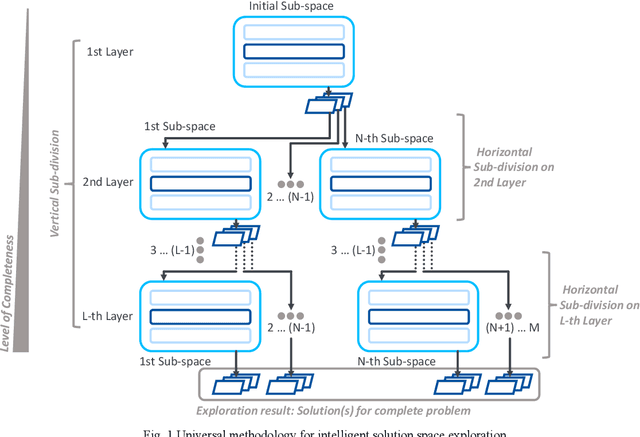

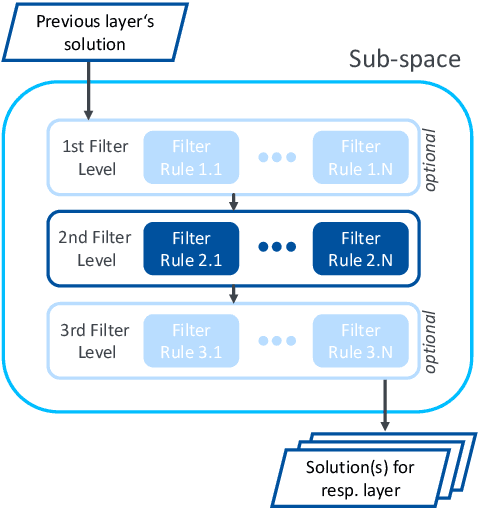
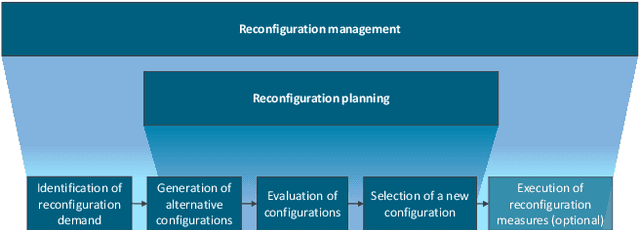
Abstract:Many decision-making approaches rely on the exploration of solution spaces with regards to specified criteria. However, in complex environments, brute-force exploration strategies are usually not feasible. As an alternative, we propose the combination of an exploration task's vertical sub-division into layers representing different sequentially interdependent sub-problems of the paramount problem and a horizontal sub-division into self-sustained solution sub-spaces. In this paper, we present a universal methodology for the intelligent exploration of solution spaces and derive a use-case specific example from the field of reconfiguration management in industry 4.0.
 Add to Chrome
Add to Chrome Add to Firefox
Add to Firefox Add to Edge
Add to Edge